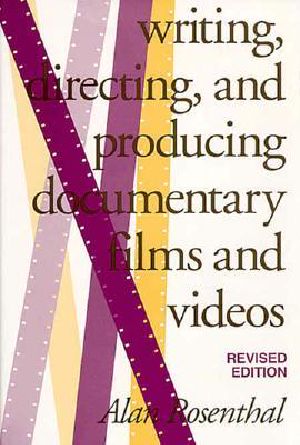Writing, Directing, and Producing Documentary Films and Videos

- Authors
- Rosenthal, Alan
- Publisher
- Southern Illinois University Press
- Tags
- test , writing
- ISBN
- 9780809320134
- Date
- 1990-01-01T00:00:00+00:00
- Size
- 0.63 MB
- Lang
- en
In this revised edition of a universally acclaimed guide, Rosenthal’s intellectual impetus remains the same: "For me, working in documentary implies a commitment that one wants to change the world for the better. That says it all."
Even before important revisions, Donald E. Staples, University of North Texas, said of Rosenthal’s work: "This book should be called the ‘Documentary Filmmaker’s Guide to the Galaxy.’ The moral, ethical, aesthetic, and communicative problems of documentary filmmaking are explored through knowledge and experience in the field, studio, editing room, theater, and television. Every new or established documentary filmmaker should read it."
And Henry Breitrose, writing in International Documentary, stated: "The concentration on technique as an end in itself has resulted in altogether too many exquisitely wrought empty vessels. Alan Rosenthal’s new book comes as a corrective. . . . The book is a major contribution to the literature of film teaching and will be immensely useful as a textbook and as a humane, intelligent, and thoughtful refresher course for documentary makers."
An internationally renowned documentary filmmaker with more than sixty films to his credit, including the Peabody Award-winning Out of the Ashes, Rosenthal has written the first book to address the realities involved in the making of a documentary. Rather than dealing with theory or hardware, Rosenthal tackles the day-to-day problems from initial concept through distribution. Simply and clearly, Rosenthal explains how to write, direct, and produce the new documentary, whether film or video. He emphasizes the research and writing of the documentary, from approach and structure through interviewing, narration writing, and the complexities of editing. This emphasis makes his book unique.
The organization of the book follows the process of making a documentary. Part 1 discusses ideas, research, and script structure; parts 2 and 3 go over preproduction and production; part 4 explores editing and narration writing; and part 5 discusses distinctive forms of documentary, including cinema verite and documentary drama. The concluding chapter offers a perspective on the entire process involved in the making of a documentary.